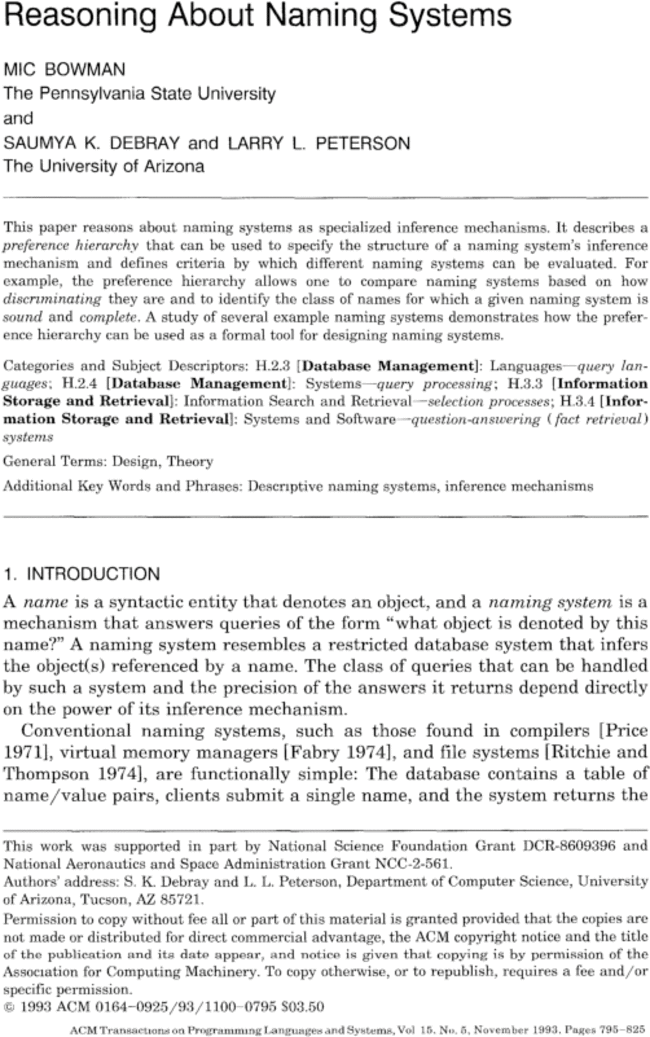Cited By
View all- Xiong HDai QChang RQiu MWang RShen WZhou YChristakis MPradel M(2024)Atlas: Automating Cross-Language Fuzzing on Android Closed-Source LibrariesProceedings of the 33rd ACM SIGSOFT International Symposium on Software Testing and Analysis10.1145/3650212.3652133(350-362)Online publication date: 11-Sep-2024
- Pasterk SBenke GMonga MLonati VBarendsen ESheard JPaterson J(2024)Computational Thinking for Self-Regulated LearningProceedings of the 2024 on Innovation and Technology in Computer Science Education V. 110.1145/3649217.3653565(640-645)Online publication date: 3-Jul-2024
- Babakian AHuston GBraun RLipman J(2024)Internet Identifiers: A Survey of History, Challenges, and Future PerspectivesIEEE Access10.1109/ACCESS.2024.338211512(51919-51941)Online publication date: 2024
- Show More Cited By



